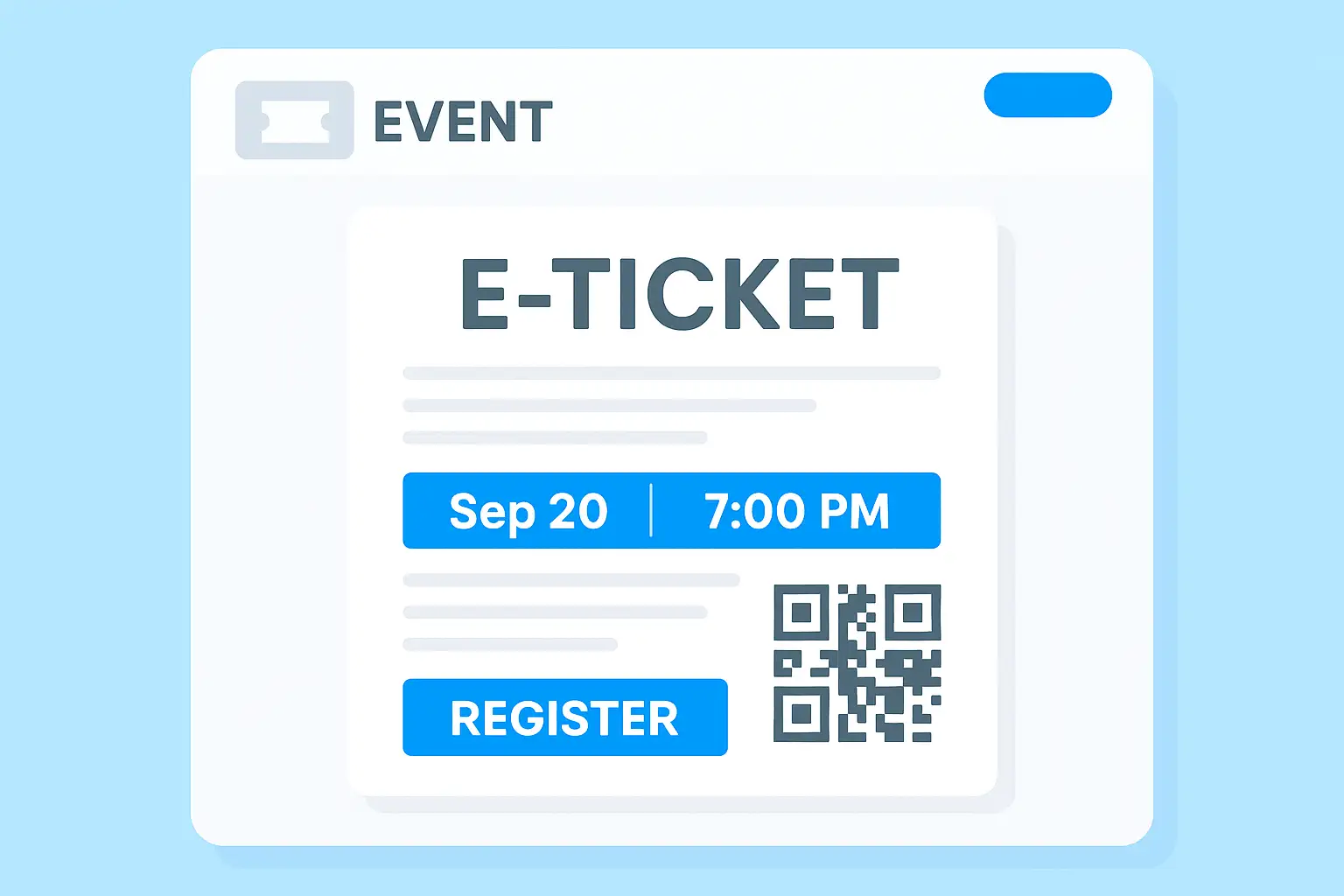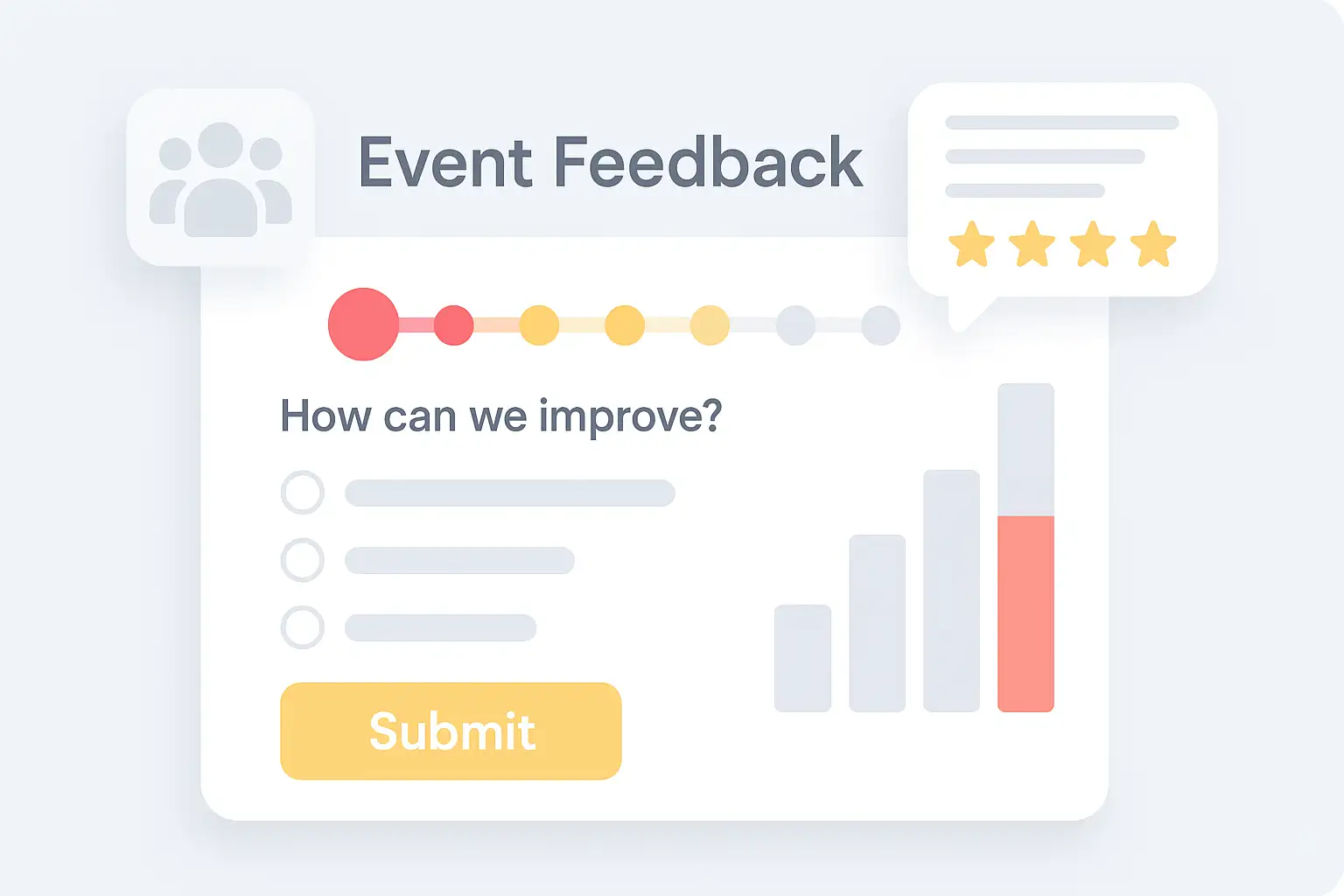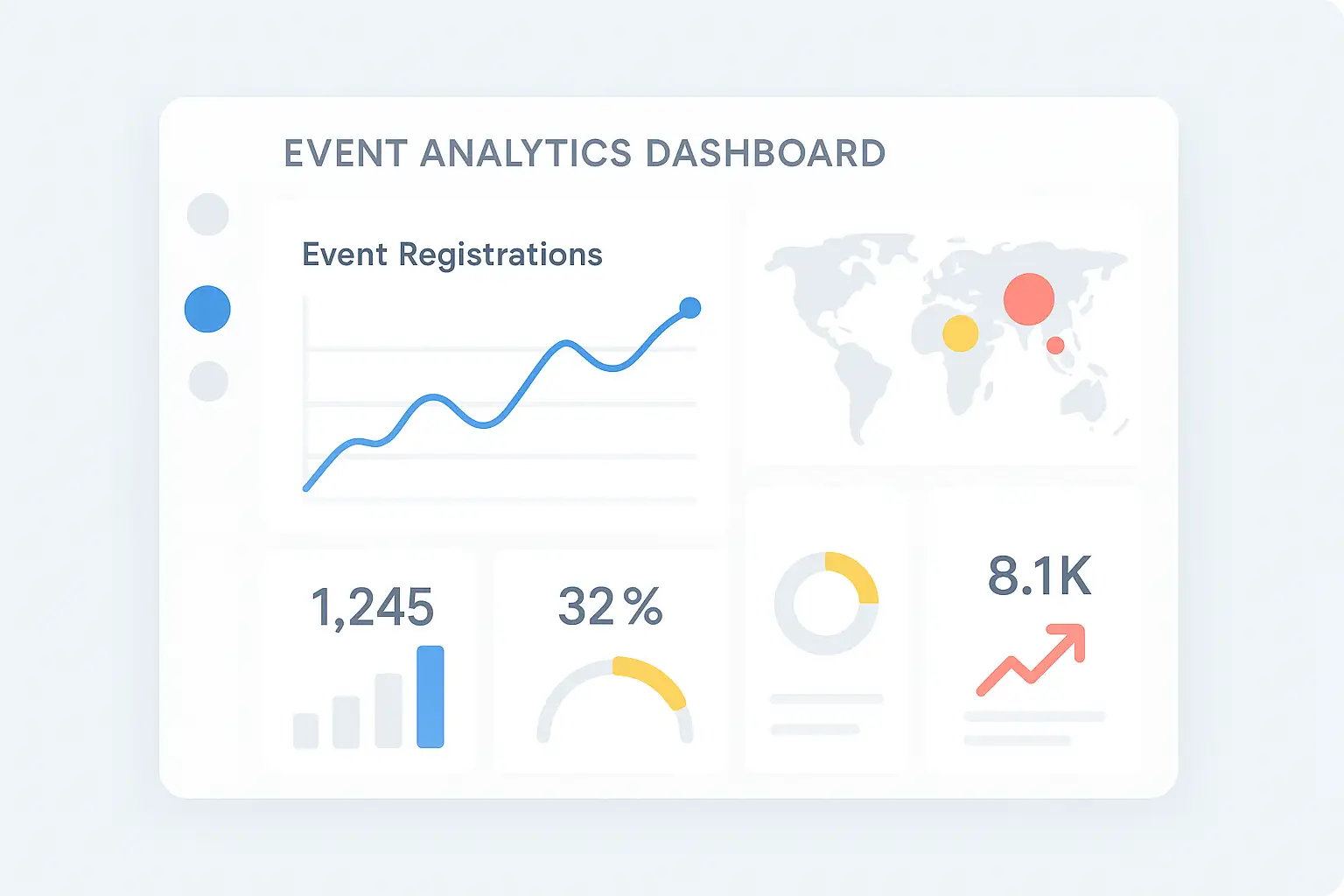New · All-in-One Event Stack
Welcome to Virtual Edge - Your Edge in Every Event
In a world where experiences matter, Virtual Edge empowers you to create virtual and hybrid events that inspire, engage, and deliver real impact. We’re not just your knowledge hub for virtual event strategies - we’re your complete toolkit for event success.
No credit card required • Cancel anytime

What We Do
At Virtual Edge, we help you plan, produce, and manage events that people remember. We provide education, training, best practices, and now - a suite of powerful SaaS tools designed to simplify every stage of event management and marketing.

Audience‑first Events
Craft moments that inspire, engage, and deliver real impact across virtual and hybrid formats.

Education & Best Practices
Training, playbooks, and templates built by event pros for repeatable success.
Our SaaS Solutions for Event Professionals
An integrated ecosystem - all the tools you need, all in one place.

Event Ticketing & Registration
Simplify ticketing and check‑in with QR/barcode systems, promo codes, and live analytics - all in one dashboard.

e‑Signature & Document Workflow
Digitize contracts with secure online signatures. Track every document with ease and speed.

Event Survey & Feedback Builder
Collect insights before and after your event with customizable templates and real‑time analytics.

Hybrid Event Platform
Unite offline and online audiences with streaming, Q&A, and seamless connections.

Event Marketing Automation
Automate promotions, emails, and reminders to boost attendance and engagement.

Sponsorship & Vendor Management
Manage relationships, contracts, and deliverables with clarity and efficiency.

Speaker & Talent Management
Coordinate schedules, rehearsals, and honorarium tracking - all in one place.

Networking & Community Hub
Connect participants, sponsors, and organizers with AI‑powered matchmaking.

Event Analytics Dashboard
Measure what matters: attendance, engagement, and ROI with integrated visual reports.
Why Virtual Edge?
- Designed by event professionals, for event professionals
- Integrated ecosystem - all tools in one place
- Backed by industry insights, research, and training
- Scalable for small teams and global conferences alike
Simple Pricing
Start free. Upgrade when you’re ready. Flexible plans for teams of any size.
Starter
Kick off your first event.
- ✓ 1 Event · 500 attendees
- ✓ Ticketing & Surveys
- ✓ Basic Analytics
Professional
Run branded, hybrid experiences.
- ✓ Unlimited events
- ✓ App Builder (White Label)
- ✓ Marketing Automation
- ✓ Advanced Analytics
Enterprise
Security & scale for global events.
- ✓ SSO & Compliance
- ✓ Dedicated Support
- ✓ SLA & Onboarding
Join the Future of Events
Whether you’re planning a conference, a hybrid expo, or an online summit, Virtual Edge is your all‑in‑one solution for success. Empower your next event - and every event after that.
Virtual Edge - Your Edge in Every Event.
Frequently Asked Questions
Everything you need to get started with confidence.
How does the free plan work?
Sign up with no credit card. Create your first event and explore core features. Upgrade any time for more scale and advanced capabilities.
Can Virtual Edge support hybrid events?
Yes - stream sessions, host Q&As, and connect both in‑person and online audiences seamlessly.
Is e‑signature legally binding?
Electronic signatures are widely recognized and legally enforceable in many jurisdictions. Consult your local regulations for specifics.